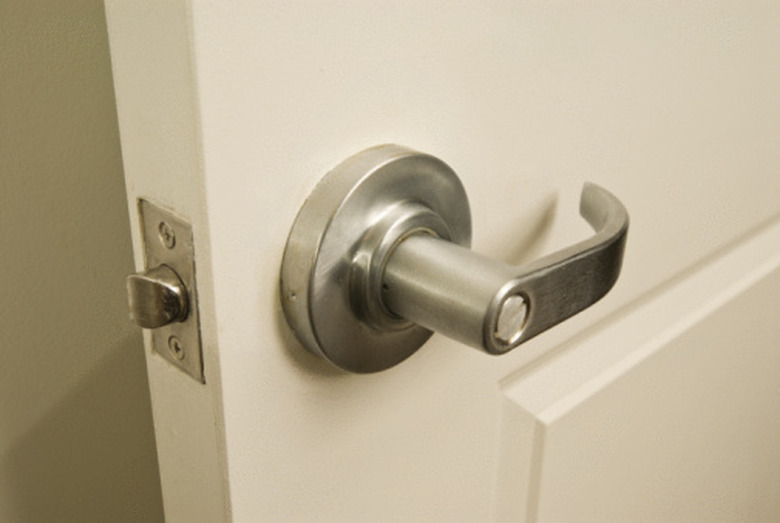How To Find The Magnitude When Force & Angle Is Given?
When a force works in the same direction as a body moves, the entire force acts on the body. In many cases, however, the force points in a different direction. When an object slides down a slope, for instance, gravity acts straight downward, but the object moves at an angle. The effective force on the object is a vector quantity related to but separate from the original force. The two vectors are related through trigonometry.
Step 1
Subtract the angle between the force and the resultant vector you want to calculate from 90. If, for instance, the force acts at a 30-degree angle from the object's direction of motion then 90 – 30 = 60.
Step 2
Find the sine of this angle. With the example for Step 1, sin (60) = 0.866.
Step 3
Multiply this answer by the original force. If the force equals, for instance, 100 Newtons then 0.866 × 100 = 86.6 Newtons. This is the magnitude of the resultant force vector on the object.
Cite This Article
MLA
Menezes, Ryan. "How To Find The Magnitude When Force & Angle Is Given?" sciencing.com, https://www.sciencing.com/how-8419748-magnitude-force-angle-given/. 7 August 2017.
APA
Menezes, Ryan. (2017, August 7). How To Find The Magnitude When Force & Angle Is Given?. sciencing.com. Retrieved from https://www.sciencing.com/how-8419748-magnitude-force-angle-given/
Chicago
Menezes, Ryan. How To Find The Magnitude When Force & Angle Is Given? last modified March 24, 2022. https://www.sciencing.com/how-8419748-magnitude-force-angle-given/
